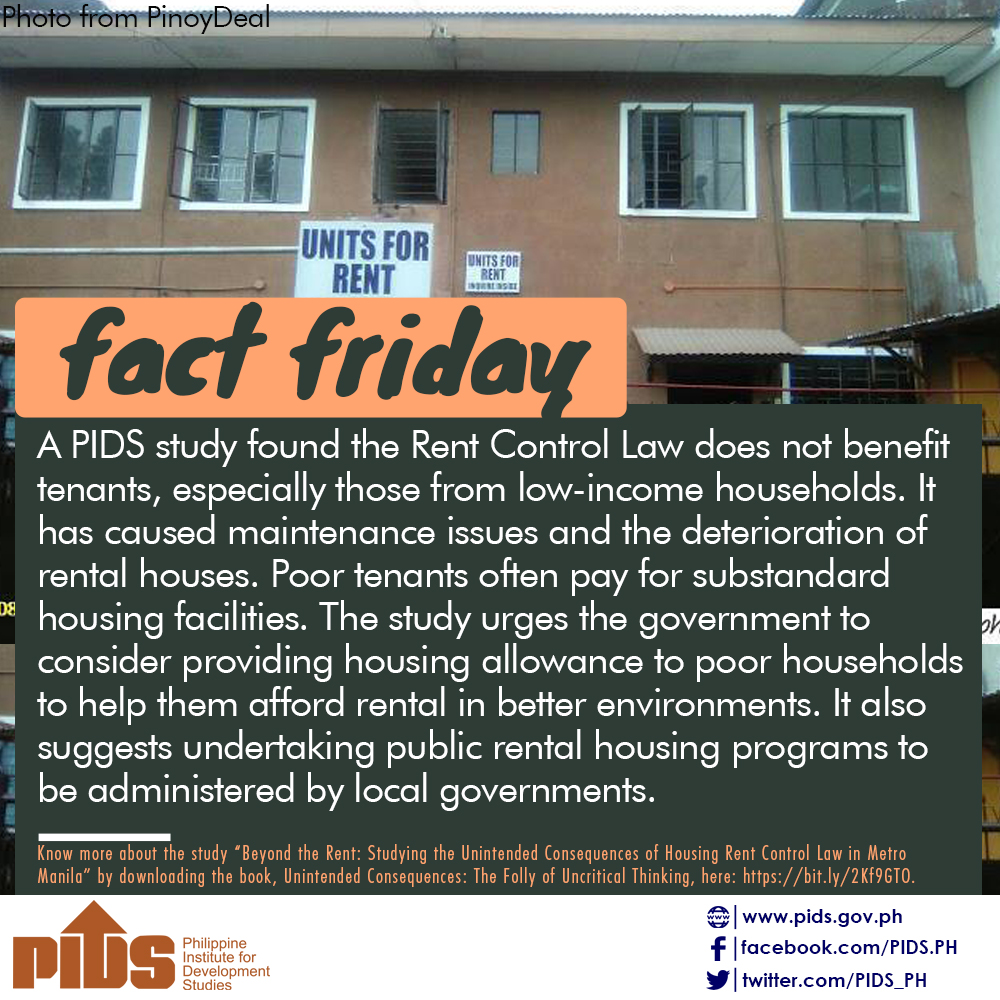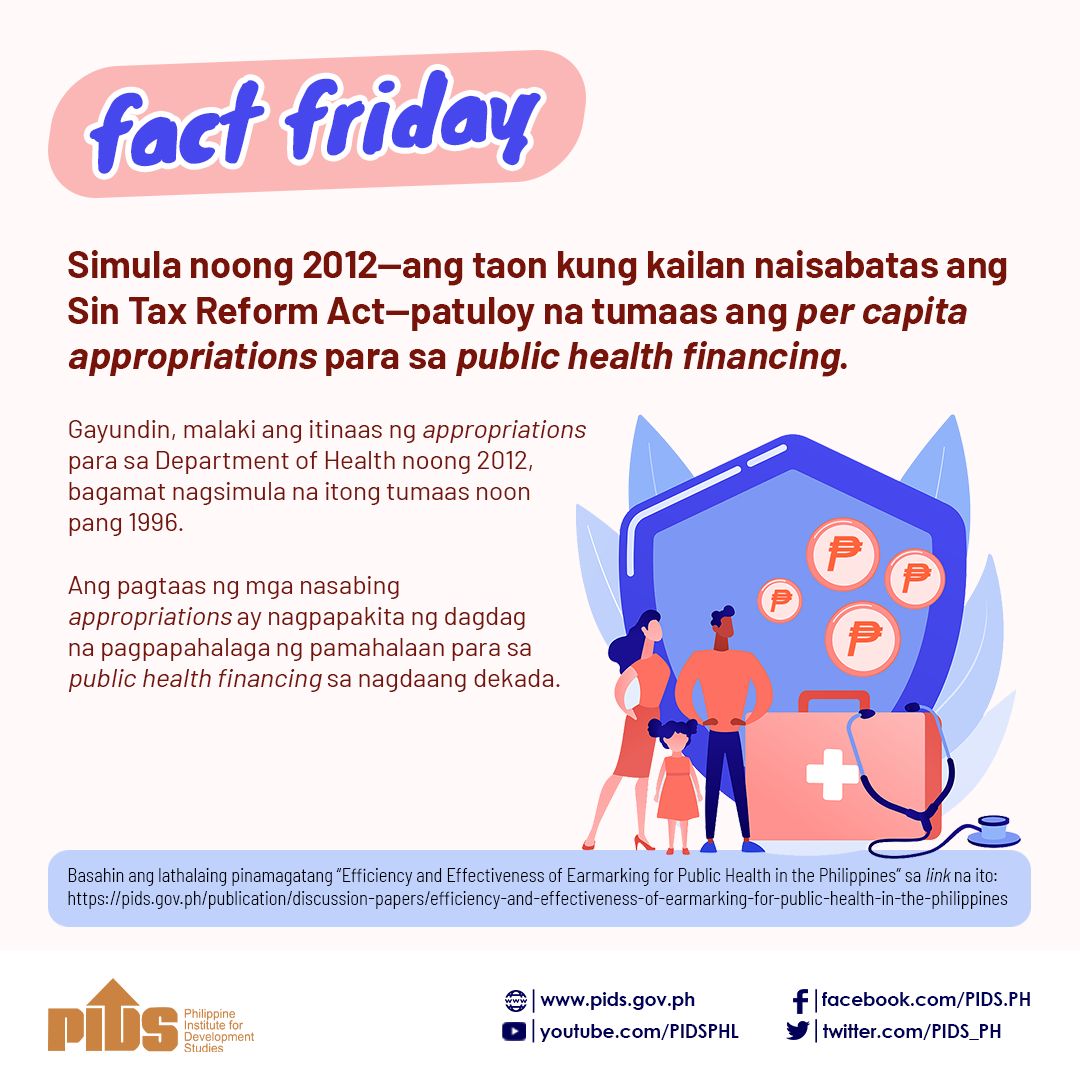Bobby Falible was only 17 years old and a high school drop out doing farming jobs in Romblon when he started smoking, a habit he picked up from his friends.
More than four decades later, he now lives in Metro Manila but hasn’t fared any better economically. Already 60 years old, he makes a living as a street vendor in Quezon City to support his seven children and still smokes. In fact, he puffs on more of his favorite cigarettes than he used to, consuming one pack in two days. &.
Despite his meager income, Falible said, “Parang napapadalas akong manigarilyo lalo kung ganitong wala akong ginagawa (I tend to smoke more when I have nothing much to do, just like now)..
From smoking Philip Morris, he has shifted to the cheaper Fortune, although cheap cigarettes should have been a thing of the past..
Falible represents a failure of the law, specifically Republic Act No. 10351, more commonly known as the sin tax law, which aimed to curb the incidence of smoking in the country, by making cigarettes more expensive through higher taxes on cigarette manufacturers. .
The law, enacted in 2012, simplified cigarette taxes by imposing a single P30 tax for every pack of cigarettes, regardless of brand. The single tax rate took effect last January, and is set to increase by 4 percent yearly. .
Yet, the law has not prevented the likes of Falible from smoking, because cigarettes remain affordable and are likely to become more so in the future.
A deeper look into the law explains this seeming contradiction and reveals the policy areas that need improvement, if the sin tax law is to be truly effective.
R.A. No. 10351 targets the relatively poorer segments of the population, who smoke more than the middle or upper classes.
There are differences across socio-economic status, at least in the Philippines,” explained Valerie Gilbert Ulep, research specialist at the Philippine Institute for Development Studies (PIDS). “You have higher prevalence of smoking among the poor.
The differences are noted in a report on smoking published by the World Health Organization in 2008, which found that poor households with members who smoked spent more than eleven times for tobacco products than for health, and nine times more than for education.
Tobacco is inextricably linked with poverty,” the report said.
Evidence from around the world has shown that tobacco consumption is higher among the poorest households,” the report noted, adding that expenditures on tobacco products “divert scarce resources that poor families might have spent on food instead.
For the poor, money spent on tobacco is money that could be spent on basic necessities such as food, shelter, education and health care,” the report further read.
Other studies provide the explanations for why the poor smoked more, although the reasons are drawn mostly from cases in developed countries.
A World Bank study notes that there are more barriers for the poor to cease smoking, such as “lower awareness and concern about health risks.
A study by the US National Center for Biotechnical Information cites exposure to stress, noting that smokers who live in stressful environments, like those from lower incomes, “view smoking as a comfort enabling them to cope."
The same study also notes that the poor smoke more because of targeted marketing by tobacco companies, especially to those with lower socio-economic backgrounds “who are less willing to make choices for future gain.
There is broad consensus in these and other studies that the poor are more affected by changes in the prices of goods than the rich. And so, if cigarette prices go up, those with less money might be forced to reduce their consumption.
The problem, however, is that while the current sin tax law has raised cigarette prices, the increase is not high enough.
I did a projection of tobacco prices in the future. Taking into account the economic growth and inflation rate, tobacco prices will still go down,” Ulep said.
The Philippine economy, measured by its gross domestic product (GDP), has grown in the last few years. Thus, the GDP per person, or simply the total GDP divided by the total population, has also increased. While an increasing GDP per person does not always mean every Filipino has become well off, it does suggest that incomes, on the average, have been increasing.
When you have a growing economy, household income also increases so your disposable income is also higher,” said Ulep.
And this presents a challenge for the effectiveness of the sin tax law, because the increase in the prices of tobacco products is eroded by the increase in income, defeating the purpose of the sin tax law.
And so, cigarettes remain affordable even for Bobby Falible, with his minimal daily earnings as a street vendor.
Tingin ko mas marami ngayong nagsisigarilyo kaysa noon (I think there are more smokers now than before),” he said, basing his observation on his own sales, which include cigarettes by the stick.
Noon, hindi naman ganito yung tindahang dikit-dikit eh. Parang ako lang yung may pwesto noon eh. (It wasn’t like this before, vendors so close together. It seemed I was the only one here before),” Falible explained.
The most recent Global Adult Tobacco Survey shows that tobacco use has “significantly decreased” from 29.7 percent in 2009 to 23.8 percent in 2015, flatly contradicting Falible.
Yet, despite the seemingly optimistic findings in the GATS, even Department of Health Secretary Pauline Ubial said more still needs to be done, especially in improving the sin tax law.
An estimated 87,000 Filipinos die every year because of tobacco-related illnesses. And the cost, in terms of productivity, is estimated to be P188 billion,” Ubial said.
>Ubial’s office cannot afford the cost, she said, because it only gets P87 to P88 billion in collections from the sin tax law which is way below what is needed.
We're losing more economically due to illness than we're collecting from the taxes,” Ubial said.
While the Duterte administration has vowed to implement a comprehensive tax reform program within its term, what happens to the sin tax law remains unclear.
In January this year, Senators Risa Hontiveros, Koko Pimentel, Franklin Drilon and Ralph Recto filed a resolution directing the Committee on Ways and Means and the Committee on Health and Demography to review R.A. No. 10351.
The text of the resolution says the review aims to determine whether the sin tax law has achieved its purpose of, among others, lowering tobacco consumption, and if necessary, whether amendments are necessary.
The Department of Health’s position is that the higher the taxes, the better. The more expensive the cigarettes, the better,” said Ubial.
As the review remains pending on the committee level, smokers like Bobby Falible continue with the habit.
He said he tried quitting when he contracted tuberculosis around 20 years ago. He managed to stay clean, but only for six months.
Tumaba ako noon. Nung wala na, bumalik ako ulit sa sigarilyo (I gained weight. When the TB was gone, I went back to smoking),” Falible said.
When asked why, he only gave an indirect answer, and tentatively said, “bumalik na naman ang bisyo (the vice came back).
(This story was produced under the “Mga Nagbababang Kuwento: Reporting on Tobacco and Six Tax Media Training and Fellowship Program” by Probe Media Foundation with the support of the Campaign for Tobacco Free Kids. VERA Files is put out by senior journalists taking a deeper look at current issues. VERA is Latin for true.)
More than four decades later, he now lives in Metro Manila but hasn’t fared any better economically. Already 60 years old, he makes a living as a street vendor in Quezon City to support his seven children and still smokes. In fact, he puffs on more of his favorite cigarettes than he used to, consuming one pack in two days. &.
Despite his meager income, Falible said, “Parang napapadalas akong manigarilyo lalo kung ganitong wala akong ginagawa (I tend to smoke more when I have nothing much to do, just like now)..
From smoking Philip Morris, he has shifted to the cheaper Fortune, although cheap cigarettes should have been a thing of the past..
Falible represents a failure of the law, specifically Republic Act No. 10351, more commonly known as the sin tax law, which aimed to curb the incidence of smoking in the country, by making cigarettes more expensive through higher taxes on cigarette manufacturers. .
The law, enacted in 2012, simplified cigarette taxes by imposing a single P30 tax for every pack of cigarettes, regardless of brand. The single tax rate took effect last January, and is set to increase by 4 percent yearly. .
Yet, the law has not prevented the likes of Falible from smoking, because cigarettes remain affordable and are likely to become more so in the future.
A deeper look into the law explains this seeming contradiction and reveals the policy areas that need improvement, if the sin tax law is to be truly effective.
R.A. No. 10351 targets the relatively poorer segments of the population, who smoke more than the middle or upper classes.
There are differences across socio-economic status, at least in the Philippines,” explained Valerie Gilbert Ulep, research specialist at the Philippine Institute for Development Studies (PIDS). “You have higher prevalence of smoking among the poor.
The differences are noted in a report on smoking published by the World Health Organization in 2008, which found that poor households with members who smoked spent more than eleven times for tobacco products than for health, and nine times more than for education.
Tobacco is inextricably linked with poverty,” the report said.
Evidence from around the world has shown that tobacco consumption is higher among the poorest households,” the report noted, adding that expenditures on tobacco products “divert scarce resources that poor families might have spent on food instead.
For the poor, money spent on tobacco is money that could be spent on basic necessities such as food, shelter, education and health care,” the report further read.
Other studies provide the explanations for why the poor smoked more, although the reasons are drawn mostly from cases in developed countries.
A World Bank study notes that there are more barriers for the poor to cease smoking, such as “lower awareness and concern about health risks.
A study by the US National Center for Biotechnical Information cites exposure to stress, noting that smokers who live in stressful environments, like those from lower incomes, “view smoking as a comfort enabling them to cope."
The same study also notes that the poor smoke more because of targeted marketing by tobacco companies, especially to those with lower socio-economic backgrounds “who are less willing to make choices for future gain.
There is broad consensus in these and other studies that the poor are more affected by changes in the prices of goods than the rich. And so, if cigarette prices go up, those with less money might be forced to reduce their consumption.
The problem, however, is that while the current sin tax law has raised cigarette prices, the increase is not high enough.
I did a projection of tobacco prices in the future. Taking into account the economic growth and inflation rate, tobacco prices will still go down,” Ulep said.
The Philippine economy, measured by its gross domestic product (GDP), has grown in the last few years. Thus, the GDP per person, or simply the total GDP divided by the total population, has also increased. While an increasing GDP per person does not always mean every Filipino has become well off, it does suggest that incomes, on the average, have been increasing.
When you have a growing economy, household income also increases so your disposable income is also higher,” said Ulep.
And this presents a challenge for the effectiveness of the sin tax law, because the increase in the prices of tobacco products is eroded by the increase in income, defeating the purpose of the sin tax law.
And so, cigarettes remain affordable even for Bobby Falible, with his minimal daily earnings as a street vendor.
Tingin ko mas marami ngayong nagsisigarilyo kaysa noon (I think there are more smokers now than before),” he said, basing his observation on his own sales, which include cigarettes by the stick.
Noon, hindi naman ganito yung tindahang dikit-dikit eh. Parang ako lang yung may pwesto noon eh. (It wasn’t like this before, vendors so close together. It seemed I was the only one here before),” Falible explained.
The most recent Global Adult Tobacco Survey shows that tobacco use has “significantly decreased” from 29.7 percent in 2009 to 23.8 percent in 2015, flatly contradicting Falible.
Yet, despite the seemingly optimistic findings in the GATS, even Department of Health Secretary Pauline Ubial said more still needs to be done, especially in improving the sin tax law.
An estimated 87,000 Filipinos die every year because of tobacco-related illnesses. And the cost, in terms of productivity, is estimated to be P188 billion,” Ubial said.
>Ubial’s office cannot afford the cost, she said, because it only gets P87 to P88 billion in collections from the sin tax law which is way below what is needed.
We're losing more economically due to illness than we're collecting from the taxes,” Ubial said.
While the Duterte administration has vowed to implement a comprehensive tax reform program within its term, what happens to the sin tax law remains unclear.
In January this year, Senators Risa Hontiveros, Koko Pimentel, Franklin Drilon and Ralph Recto filed a resolution directing the Committee on Ways and Means and the Committee on Health and Demography to review R.A. No. 10351.
The text of the resolution says the review aims to determine whether the sin tax law has achieved its purpose of, among others, lowering tobacco consumption, and if necessary, whether amendments are necessary.
The Department of Health’s position is that the higher the taxes, the better. The more expensive the cigarettes, the better,” said Ubial.
As the review remains pending on the committee level, smokers like Bobby Falible continue with the habit.
He said he tried quitting when he contracted tuberculosis around 20 years ago. He managed to stay clean, but only for six months.
Tumaba ako noon. Nung wala na, bumalik ako ulit sa sigarilyo (I gained weight. When the TB was gone, I went back to smoking),” Falible said.
When asked why, he only gave an indirect answer, and tentatively said, “bumalik na naman ang bisyo (the vice came back).
(This story was produced under the “Mga Nagbababang Kuwento: Reporting on Tobacco and Six Tax Media Training and Fellowship Program” by Probe Media Foundation with the support of the Campaign for Tobacco Free Kids. VERA Files is put out by senior journalists taking a deeper look at current issues. VERA is Latin for true.)












